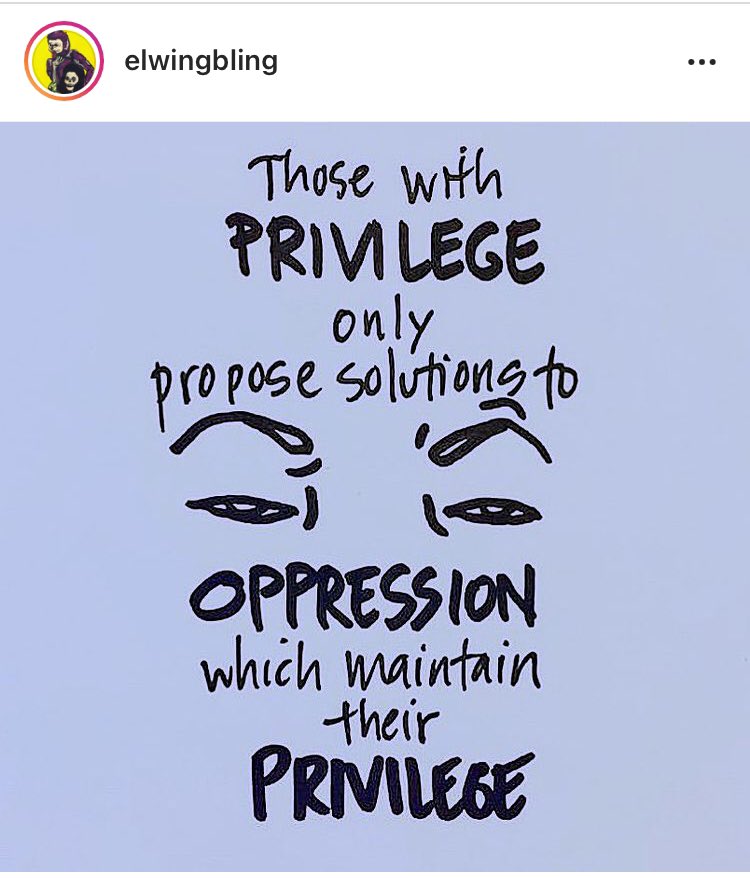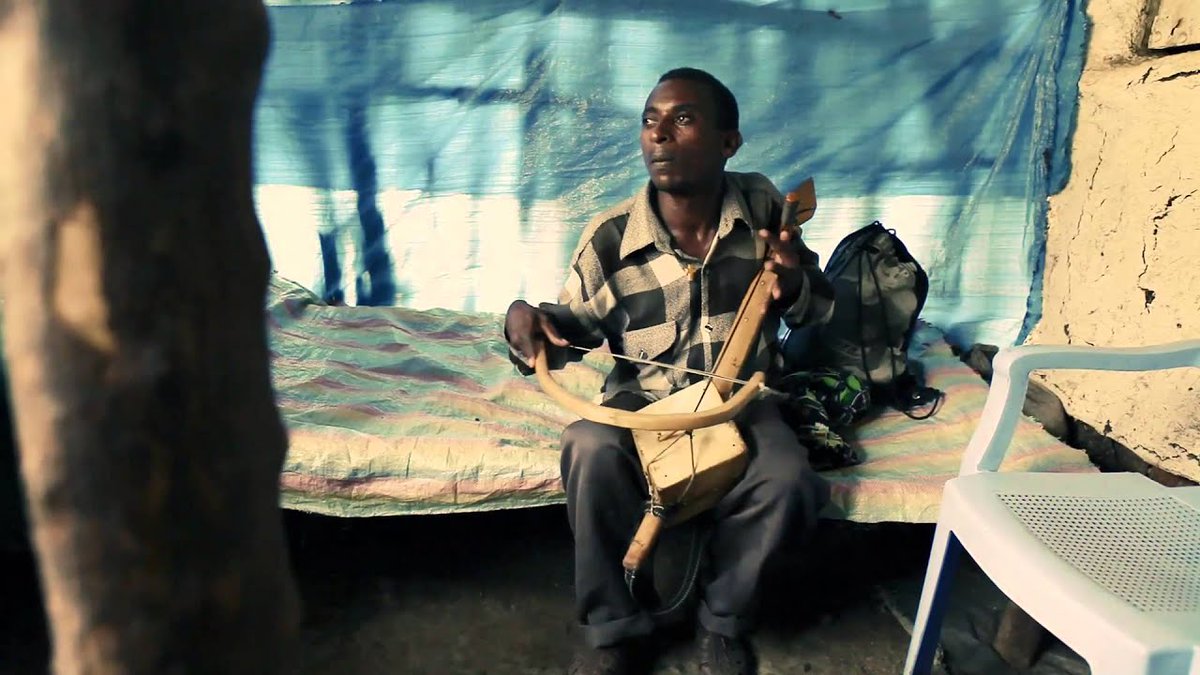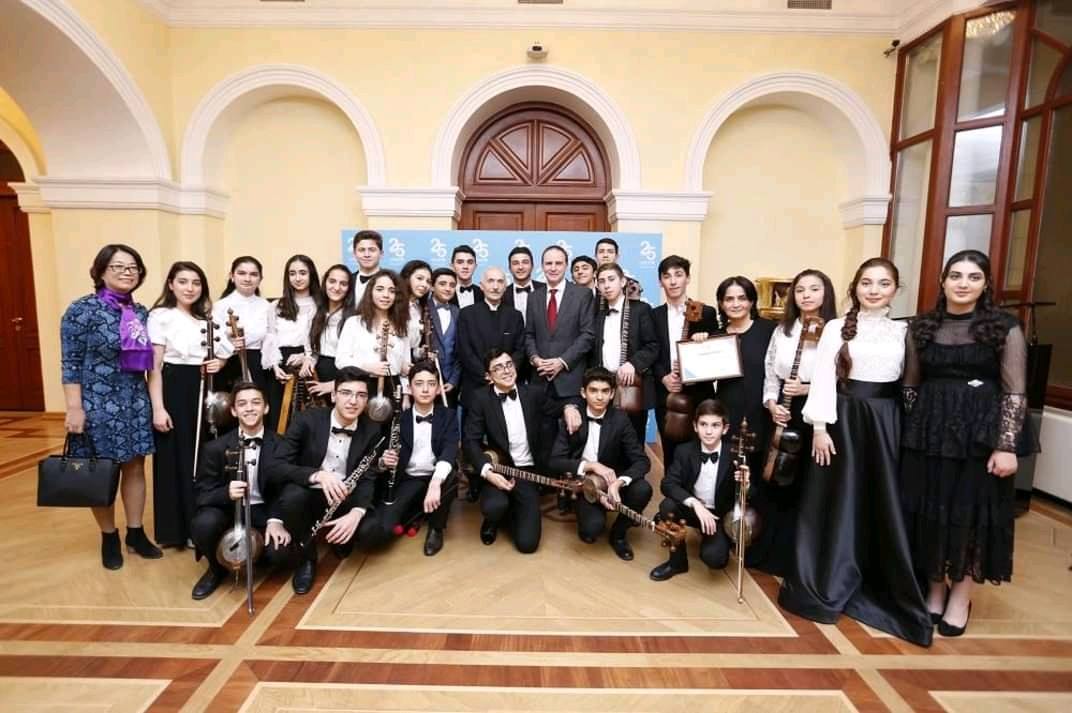
Jon Silpayamanant (โจนาทาน ศิลปยามานันท์)| Mae Mai
3 Jun,
5 tweets, 2 min read
Submitted a draft of “Diversity initiatives in classical music as an extension of colonial power” this week and so feeling this (especially regarding the name/label issue in classical music a while back).
instagram.com/p/CPn5hS4geXi/
instagram.com/p/CPn5hS4geXi/

This quote by Angela Davis also.
https://twitter.com/silpayamanant/status/1277261276251594757
This name/label Su thread in particular.
https://twitter.com/silpayamanant/status/1398412343655161863
• • •
Missing some Tweet in this thread? You can try to
force a refresh















